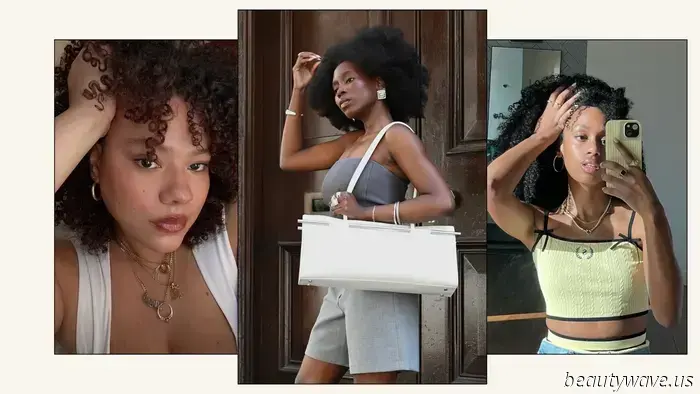
Determining your precise curl type can be challenging, which is why two texture experts simplified it for us.
Four years ago, I made one of the most significant changes in my life. In October 2020, I opted for the "big chop," cutting my chemically treated hair down to the roots to allow my natural texture to resurface. Embracing my natural coils also led me to extensively revise the hair products I used on a daily basis and to relearn how to care for my hair. Honestly, I would have been lost in my journey to natural hair without the help of trusted hairstylists who introduced me to the well-known curl-typing system by celebrity stylist and educator Andre Walker. To help understand the various curl types and their specific needs for growth, I consulted curl specialist and Silke London founder Maria Sotiriou, along with celebrity hairstylist Sophie Rose Gutterman. They provided insights on the ideal curly hair routine for different needs and shared their favorite products suited for enhancing curls of all kinds. Whether you're aiming to completely overhaul your haircare routine or are just discovering your hair type, they've got the information you need. Continue reading to learn more about the various hair types and how to help yours thrive.
**The Different Curl Types**
"Curly hair" serves as a broad term for hair with tighter textures and distinct strand patterns. Each texture can be classified as fine, medium, or coarse. "Each category is based on the diameter of the individual strands," explains Sotiriou. A hair type designation helps anticipate how the hair is likely to behave. For instance, types 1a, 1b, and 1c are straight hair types which can be challenging to style and maintain curls, while 4c hair is coily, with a texture that may be fine or delicate, even if it doesn’t appear so," she adds.
If you're uncertain about the classification of your hair, there's a simple trick to help identify your curl type. "The easiest way to identify your curl pattern is by observing whether the curl wraps around and returns just below the one above it; that would indicate coily hair," says Sotiriou. "If the hair curls but then drops lower into the next curl, it’s likely curly hair. If it doesn’t curl back but instead drops into a bend, that is wavy hair."
Is it possible to have multiple curl types on the same head? Gutterman affirms that individuals can have varying curl types in different areas, and these can change over time. "The curls can become [more] curly or vary from heat damage, chemicals, or hormonal supplements," she explains. It's also beneficial to understand if your curls have high or low porosity, as this affects how well water and products penetrate and exit the hair. "Porosity significantly influences how much product you require. Depending on how effectively your hair retains water, you may need to opt for a more hydrating leave-in," states Gutterman.
Now that you know what to consider, let's dive into the various curl types.
**Type 2 (Wavy Hair)**
Type 2 curls can vary from fine to coarse textures, are flexible, maintain their form, and grow in an S-shaped pattern from the scalp. To enhance the longevity of styles with type 2 curls and reduce flattening, try diffusing your curls for extra volume and definition, finishing with a lightweight holding spray.
- **2a**: This curl type has a fine texture that can easily be straightened and typically lacks volume at the roots. To boost volume and fullness, consider using a light hair mousse at the base to lift without weighing down the strands.
- **2b**: This hair type lies flat at the crown with defined, mid-length S-shaped waves and has a thicker diameter compared to 2a. To enhance the natural waves, try a sea salt texturizing mist.
- **2c**: Featuring defined S-shaped bends at the root and thick strands, the 2c curl type is prone to frizz. To keep curls maintained and defined, use a non-lathering, sulfate-free co-wash between washes to preserve natural oils, and layer a styling cream with mousse to lock in moisture.
**Type 3 (Curly Hair)**
Type 3 curls range from shiny, loose S-pattern curls to tight corkscrew ringlets. The key to maintaining the health of these curls is to use products that moisturize, define, and fight halo frizz. Layering products for prolonged wear can also be effective.
- **3a**: This hair type typically has shiny, large, loose curls and is one of the most delicate curl types, as friction can lead to frizz. Scrunch a curl-enhancing product into damp hair to highlight its texture, and spritz with a lightweight curl refresher.
- **3b**: This curl type consists of springy, tight ringlets that can become dry. Use curl gel
























Other articles
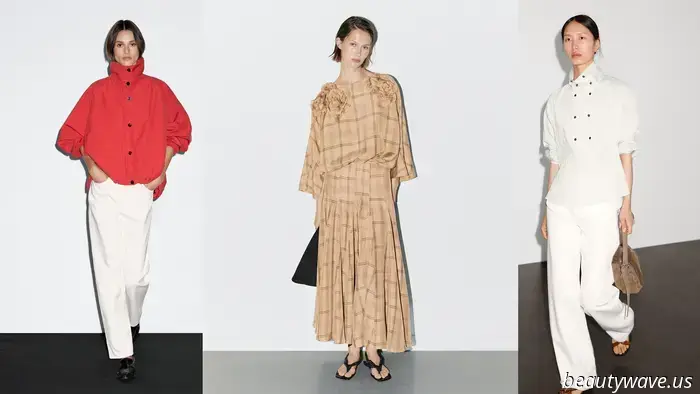 Allow me to alleviate your Zara fatigue, one stylish find from Massimo Dutti at a time.
From summer sale offers to fresh arrivals.
Allow me to alleviate your Zara fatigue, one stylish find from Massimo Dutti at a time.
From summer sale offers to fresh arrivals.
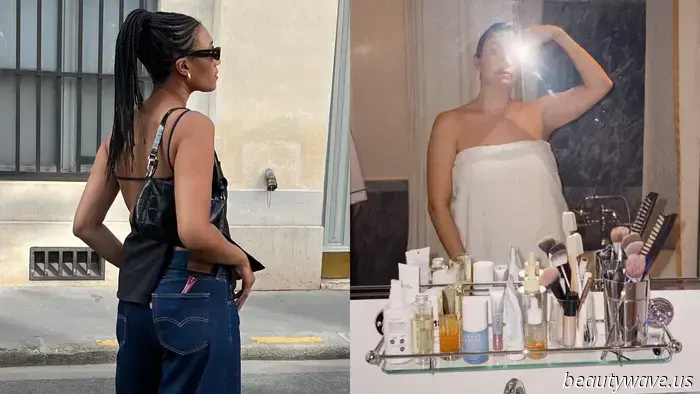 Wow, I just discovered some hidden beauty deals at Nordstrom before the big sale.
Grab them while you still have the chance.
Wow, I just discovered some hidden beauty deals at Nordstrom before the big sale.
Grab them while you still have the chance.
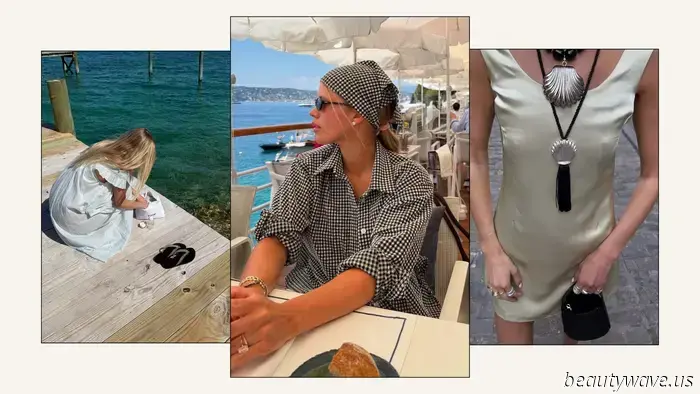 Style insiders are aware that these six summer accessory trends can elevate simple outfits to a more elegant level.
Let's get the joy started!
Style insiders are aware that these six summer accessory trends can elevate simple outfits to a more elegant level.
Let's get the joy started!
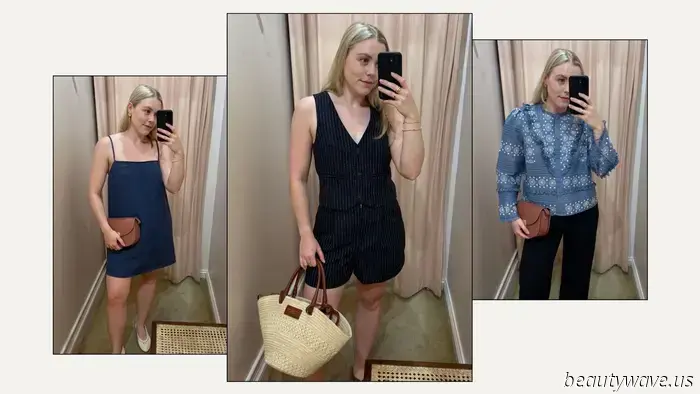 I'm creating a summer wardrobe inspired by French style—these Sèzane items caught my attention the most.
The French fashion label Sézane is recognized within the fashion community. I've curated three sophisticated outfits that embody a classic, non-trendy, and refined French aesthetic.
I'm creating a summer wardrobe inspired by French style—these Sèzane items caught my attention the most.
The French fashion label Sézane is recognized within the fashion community. I've curated three sophisticated outfits that embody a classic, non-trendy, and refined French aesthetic.
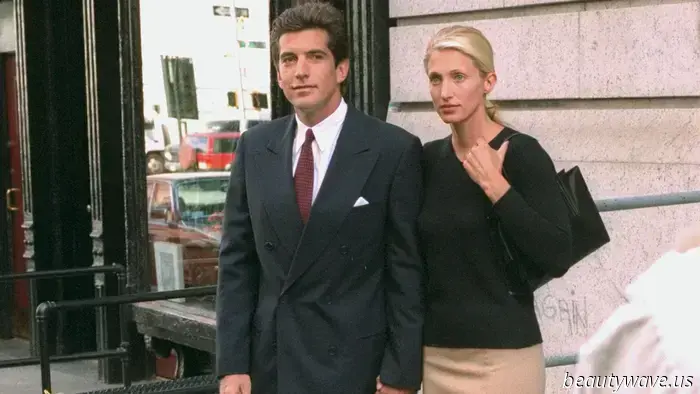 We're going to be straightforward—these are the designers that should have dressed CBK on screen.
If a biopic about Carolyn Bessette-Kennedy is ever produced, these are the contemporary minimalist brands we would like to see dressing her wardrobe—from The Row to Toteme and Phoebe Philo.
We're going to be straightforward—these are the designers that should have dressed CBK on screen.
If a biopic about Carolyn Bessette-Kennedy is ever produced, these are the contemporary minimalist brands we would like to see dressing her wardrobe—from The Row to Toteme and Phoebe Philo.
Determining your precise curl type can be challenging, which is why two texture experts simplified it for us.
Two Hair Specialists Describe How to Identify Your Distinct Curl Type
